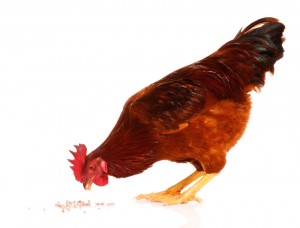The Canadian Food Inspection Agency has established a primary control zone in the area where the highly pathogenic avian flu H5N1 has been infecting flocks. The Province of British Columbia is working with the CFIA to implement it.
 Southern British Columbia has a high concentration of poultry operations. The control zone is divided into three disease zones: Infected, restricted, and security. Those zones represent relative levels of risk. The outer boundary of an infected zone is up to 3 km from any known infected premises. The restricted zone is established surrounding the infected zone and measured based on the epidemiology of the disease. And the security zone is the remainder of the primary control zone beyond 10 km.
Southern British Columbia has a high concentration of poultry operations. The control zone is divided into three disease zones: Infected, restricted, and security. Those zones represent relative levels of risk. The outer boundary of an infected zone is up to 3 km from any known infected premises. The restricted zone is established surrounding the infected zone and measured based on the epidemiology of the disease. And the security zone is the remainder of the primary control zone beyond 10 km.
The restrictions apply to captive birds, which includes but is not limited to poultry, fowl, and pet birds; poultry products or by-products; anything that has been exposed to captive birds, which could include feed, vehicles, clothing, or equipment. Movement of captive birds in, out of, and through this zone requires a permit from the CFIA.
Avian flu viruses do not pose risks to food safety, but only when poultry and poultry products are “properly handled and cooked”. That means avoid cross-contamiantion between raw poultry products and other foods, wash your hands thoroughly after handling raw poultry, and disinfect any utensils or surfaces that come into contact with raw poultry. Cook all poultry to a minimum internal temperature of 165°F as measured with an accurate thermometer.




